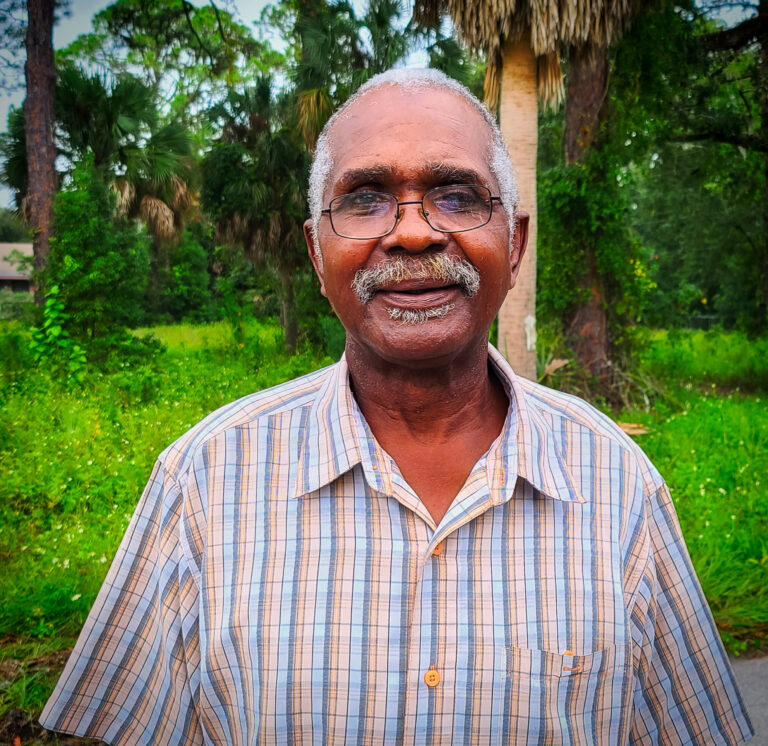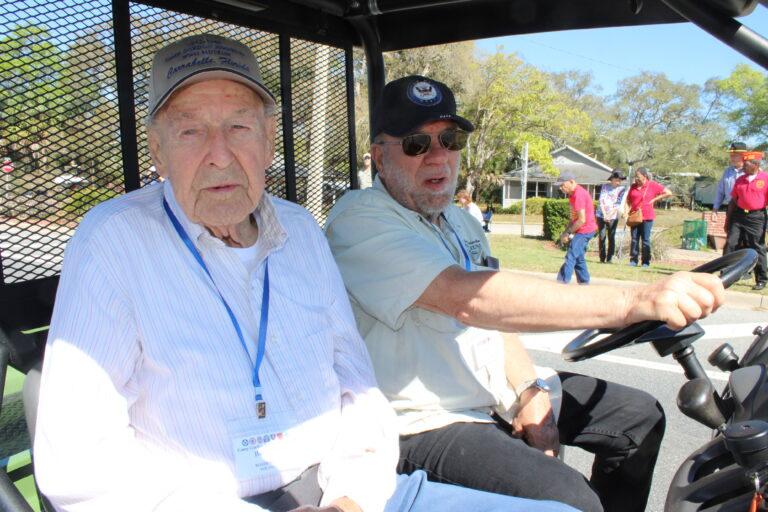Legacy Post Disclaimer
This is a #Legacy post imported from The Apalachicola Time’s previous platform. If you’re experiencing issues with this article, please email us at news@nevespublishing.com.
The misadventures of Franklin Gulliver, racing pigeon
Theres no polite way to put this; Frankie may not be the
brainiest bird in the coop.
But the homing pigeon is home now, having flown 1,389 miles
back to Albuquerque, New Mexico.
Thats flown as in inside of an airplane, not flown as in by
his own two wings through the air.
Still, in one sense, you might say Frankie is pretty clever,
having been treated to a pampered beach vacation, and a flight aboard a jet
airliner, all because of a recent misdirected sojourn on St. George Island.
The latest chapter of the misadventures of Frankie, whose
full name is actually Franklin Gulliver, as in the Jonathan Swift classic novel
Gullivers Travels, begins on the island, although it actually started
sometime before that, in Cape Coral.
Its a very complicated story for this pigeon, said Sarah
Paulk, who together with her husband and three children, vacationing on the
island, were one of two foster families who saw to it that Frankie returned
home safely.
It all started late last month, when Julie and Dan Brummel, who live in the Planation, noticed a distinctive-looking bird,
clearly not Gulf of Mexico looking, kept coming by their garage,
They would feed him in the garage, said Paulk. I guess he
would leave for the day and come back to the house every night.
The Brummels first called the bird Midge, and learned he was a racing pigeon by reading the colors of, and racing locations and numbers on, the bands. Julie Brummel called the American Racing Pigeon Union to find the 2-year-old male was among several owned by
Lilian Perez in Cape Coral.
Perez told Brummel the bird hadnt found his way home at some point
like he was supposed to, and when the Perez family had to move to Albuquerque,
they left without their wayward pet.
To understand what happened, a 2013 article by Clay Dillow,
in Popular Science, sheds light on why these birds, with an amazing ability to navigate
home, even across long, confusing distances, sometimes dont.
Dillow wrote that based on the research of a U.S. Geological
Survey geologist, this ability stems from the fact that birds can hear at far
lower frequencies than humans can, down to about 0.1 Hertz. These kinds of
waves emanate from the Earth itself – from the oceans really, but also up
through the crust and the Earths topography and even in the atmosphere. (USGS
geologist John Hagstrum)
was tipped off that sound waves might be responsible
for pigeons innate navigation abilities when he noticed that in European
pigeon races the birds tended to go astray when the now-retired supersonic
Concord jet airliner was in the vicinity.
It seemed the Concords sonic boom was affecting the
pigeons abilities to orient themselves toward their home lofts, Dillow wrote.
The idea is that pigeons use these low-frequency infrasound
waves to generate acoustic maps of their surroundings, and thats how they find
home even when they are released miles from where they dwell, he wrote. The
theory not only explains how pigeons make their way home almost every time, but
why they sometimes get lost (high winds, supersonic jets, and various other
phenomena can disrupt these infrasound waves, disorienting the birds and
setting them on a false course for home).
Whatever the particular reason, Frankie somehow found his
way about 280 miles off course to the northwest from the southwest Florida town,
and into the garage of the vacation rental home where the Brummels were snowbirding
themselves from their wintry Wisconsin home.
But the end of winter meant the Brummels would be flying
back themselves, and so they searched to find someone who could handle getting
the pigeon back to his rightful owner.
Enter Sarah and Charles Paulk, and their three children Owen,
Charlotte and Savannah, from Canton, Georgia. They, along with the Scott
family, had come down for the week, and because of a last-minute cancellation, were
staying in her parents rental home, on the west end of the island.
They needed someone who could wait on the shipping box the
owner sent for the shipping, said Paulk.
The bird had got away from them last year in Cape Coral and
somehow made its way to St. George Island and in the meantime they had to move
across country, to Albuquerque, she said. They took the rest of their pigeons.
They have multiple pigeons; this is a hobby of theirs.
The Paulks picked up the bird from the Brummels, and then
reached out on Facebook for a name, and decided on Franklin Gulliver. We
called him Frankie, and now the owners have been calling him Frankie as well, she
said.
He stayed with us at our house on the beach for three days
and then he rode in the front seat on the way back in a laundry basket and then
he hung out at our house until we sent him home, Paulk said. He loved it. He
ate bird seed all the way home. We were laughing because the bird was eating
the entire drive.
Once the family returned to their home in Georgia, Frankie continued
to be well-cared-for. He lodged in my office at the house in a dog crate and
got fresh fruit and vegetables, said Paulk. We tried to feed him really well
to get him ready for his trip across the country. He did pigeon coos, we would
hear in the house at night. He wasnt the most tame creature.
Once they got the special shipping container from Perez, marked
with Live bird fragile, and complete with vents and a little window, the
Paulks waited until the perfect time of the week to send him back to there.
I have not ever mailed a bird, said Paulk, noting that she
had received baby chicks in the mail because the family has a small farm with chickens
and alpacas and horses.
I feel like our family has a history of rescuing animals,
she said. Mom has two cats from Eastpoint. But we normally foster dogs.
So last week, bright and early Thursday morning, the family
went to their post office at 6 a.m. and he was overnighted, to arrive Friday at
noon in New Mexico.
He was sent with a small amount of water and food to get
him by, said Paulk. We put in a little container and zip tied a splash of
water at the bottom.
Problem was, when they tracked Freddie, they discovered he
was stuck in a warehouse in Atlanta.
We were all concerned that he hadnt moved, Paulk said. I
wanted to make sure he got home safely.
But on Saturday Frankie arrived to his new home, safe and
sound.
Paulk is thankful for everyones help, and has learned a lot
about racing pigeons in the meantime, including that the average cost of a
racing pigeon is $2,800 and that one was even known to have rode hundreds of
miles under a railroad train.
Racing pigeons can go 300 to 500 miles and then return back
to their original location, she said. This one clearly did not get that memo.





Meet the Editor
David Adlerstein, The Apalachicola Times’ digital editor, started with the news outlet in January 2002 as a reporter.
Prior to then, David Adlerstein began as a newspaperman with a small Boston weekly, after graduating magna cum laude from Brandeis University in Waltham, Massachusetts. He later edited the weekly Bellville Times, and as business reporter for the daily Marion Star, both not far from his hometown of Columbus, Ohio.
In 1995, he moved to South Florida, and worked as a business reporter and editor of Medical Business newspaper. In Jan. 2002, he began with the Apalachicola Times, first as reporter and later as editor, and in Oct. 2020, also began editing the Port St. Joe Star.